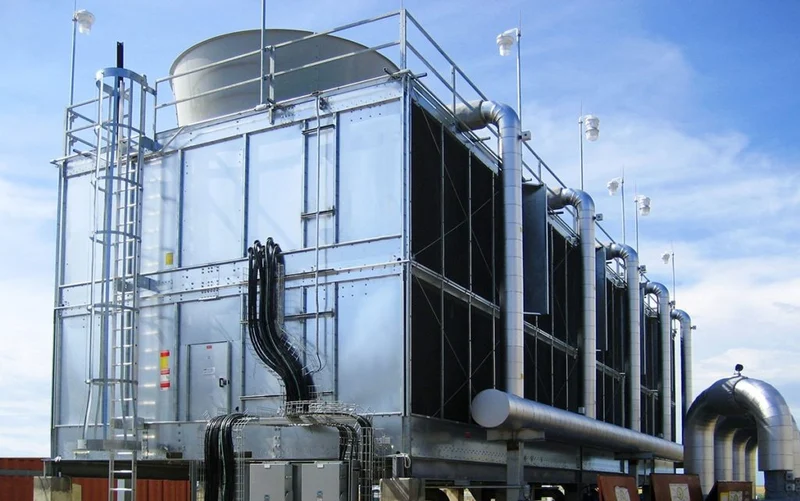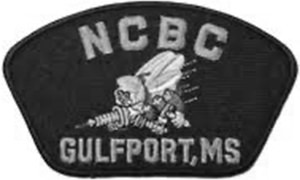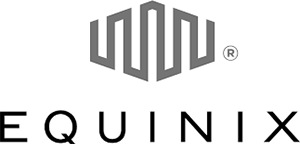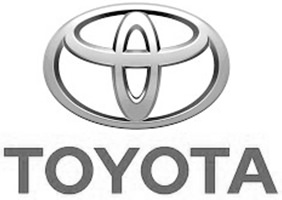Cooling tower filtration has long been a weak point in HVAC system performance, often relying on outdated methods that fail to remove the most damaging particles from condenser water. The standard sand and media filters consume high energy, miss small particulates, and create maintenance burdens that compound operational inefficiencies. Commercial Energy Savers identified this problem as an opportunity to innovate—and their ElectroCell system offers a bold, high-tech alternative.
Table of Contents
Cooling Tower Filtration-Sand Filters: Energy-Intensive and Incomplete
Sand filtration is one of the most widely used methods in cooling tower water treatment. However, these systems require significant pumping power to push water through thick beds of sand. The result? High energy costs, added mechanical strain, and diminishing filtration performance over time. Worse, sand filters struggle to capture the most harmful particles—those in the 1–3 micron range—which remain in suspension and continue to damage the system.
Disk Filters and Screens: Limited by Design
Disk and screen filters offer some relief from sand’s energy burden, but they come with their own flaws. These systems can only trap particles above a certain size threshold, and anything smaller continues to circulate. Their limited surface area also means they clog quickly, requiring frequent backwashing and maintenance. In systems with high particulate load—like urban cooling towers exposed to dust, pollen, and debris—these filters often become overwhelmed and ineffective.
What Happens to the Particles That Slip Through?
The particles that bypass traditional filters don’t disappear—they settle in places you don’t want them. The most vulnerable component is the chiller tube bundle, where even a thin layer of debris can significantly reduce thermal conductivity. These particles also collect in basin dead zones, forming sludge that serves as a breeding ground for bacteria. If left unchecked, this not only compromises system performance but poses a serious health risk—Legionella pneumophila, the bacteria responsible for Legionnaires’ disease, thrives in these conditions.
Inefficiency Compounds Across the System
Dirty condenser water leads to dirty heat exchangers. Fouled chiller tubes increase the temperature differential required to transfer heat, causing compressors to work harder and consume more energy. Pumps must compensate for flow restrictions, and water consumption increases to flush the system more frequently. Chemical usage also skyrockets as operators attempt to suspend solids and neutralize biological activity. What starts as a filtration issue quickly cascades into a full-system efficiency crisis.
Maintenance Burden and Downtime Risk
Traditional filtration systems not only underperform—they create a constant maintenance burden. Media changes, backwashing, and component replacements demand regular labor and downtime. In facilities like hospitals or data centers where uptime is critical, this isn’t just inconvenient—it’s risky. Worse, because these systems don’t truly solve the problem, they’re stuck in a maintenance loop, masking symptoms rather than addressing root causes.
Water Waste and Environmental Impact
Backwashing a sand filter wastes thousands of gallons of treated water every cycle. Multiply this by the number of times the filter is cleaned per month, and the cost in water, sewer fees, and sustainability metrics becomes substantial. In cities facing water restrictions or rising utility costs, this waste is not just bad optics—it’s bad business. The need for a low-flow, high-efficiency filtration system has never been more urgent.
A Flawed Model No Longer Fits Modern Demands
Cooling towers today operate in a vastly different world than when sand filters were the standard. Energy rates are higher, building automation systems are more advanced, and sustainability targets are tighter. Yet many facilities are still relying on filtration models developed decades ago—models that simply don’t meet the demands of modern performance standards. The gap between expectation and reality has grown too large to ignore.
The Case for Change: From Filtration to Precipitation
Recognizing these systemic failures, Commercial Energy Savers took a different approach. Instead of forcing water through media and hoping for partial removal, they developed ElectroCell: a smart, media-free electrostatic precipitator that removes 95% of suspended solids down to 1 micron. No sand. No screens. No backwashing. Just cleaner water, better thermal transfer, and measurable ROI. It’s a complete departure from the old model—and exactly what modern facilities need.
Conclusion: Filtering Isn’t Enough Anymore
For decades, media-based filters were the best we had. But today’s energy and operational standards demand better. Traditional filtration systems consume too much energy, waste too much water, and fail to deliver truly clean condenser water. Commercial Energy Savers understood that it was time for a smarter solution—one that reduces maintenance, saves energy, and aligns with the realities of today’s high-performance buildings. ElectroCell doesn’t just filter—it redefines what clean water means for cooling tower systems.















